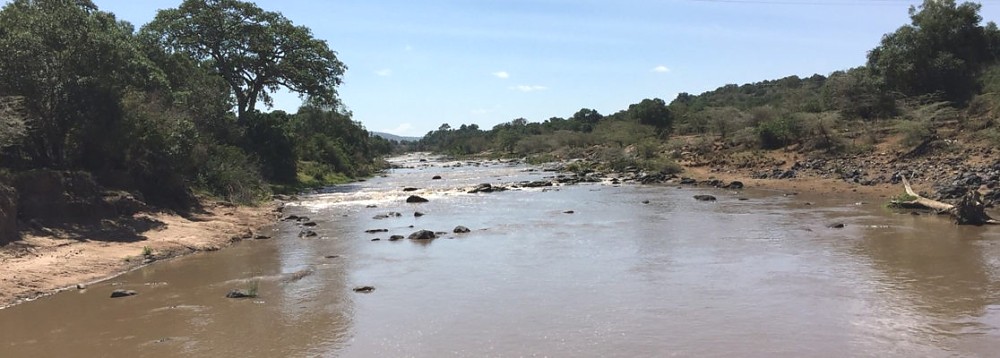Tarime District is set to host the 10th Mara Day celebrations which aimed at promoting sustainable conservation of Mara River basin shared between Tanzania and Kenya. According to official reports from the regional commissioner's office the theme for this year's celebrations is: Mara River Conservation for Sustainable Tourism and Economy.
The celebrations are scheduled to begin September 12 with exhibitions and several conservation activities including planting trees in remote rural villages located near the Mara River basin. About 16,000 environmental friendly trees will be planted in response to deforestation threatening the ecology of the river basin which supports lives of people and wildlife. "Apart from planting trees, we will also install about 70 beacons along the border in some villages near Mara River ", said Eng. Mwita Mataro from Lake Victoria Basin Water Board (LVBWB) in Musoma.
The beacons help to prevent human activities threatening survival of the river and its basin. Minister for Water, Mr. Jumaa Aweso is expected to grace the climax of the event . Mara Day is held on every September 15 with different themes aimed at promoting sustainable conservation of the Trans boundary River which is shared between Tanzania and Kenya.
The Trans boundary River starts in the Mau forests on the Kenyan side and then flows through the Masai Mara Game Reserves and Serengeti National Park before emptying into Lake Victoria in Tanzania. The 10th sectorial Council of Ministers for Lake Victoria Basin held in the Rwandan capital Kigali in May 2012 declared every September 15 to be "Mara Day".
Since then, Tanzania and Kenya has been celebrating the day on rotational basis but things changed last year during the 9th celebration where each country celebrated on its own due to COVID-19 outbreak.
The Mara Day celebrations coincide with the great wildebeest migration in the Northern fringes of the world-famous Serengeti National Park. Apart from supporting wildlife conservation, the Mara River is a source of livelihood for about 1,1 million Tanzanians and Kenyans.
